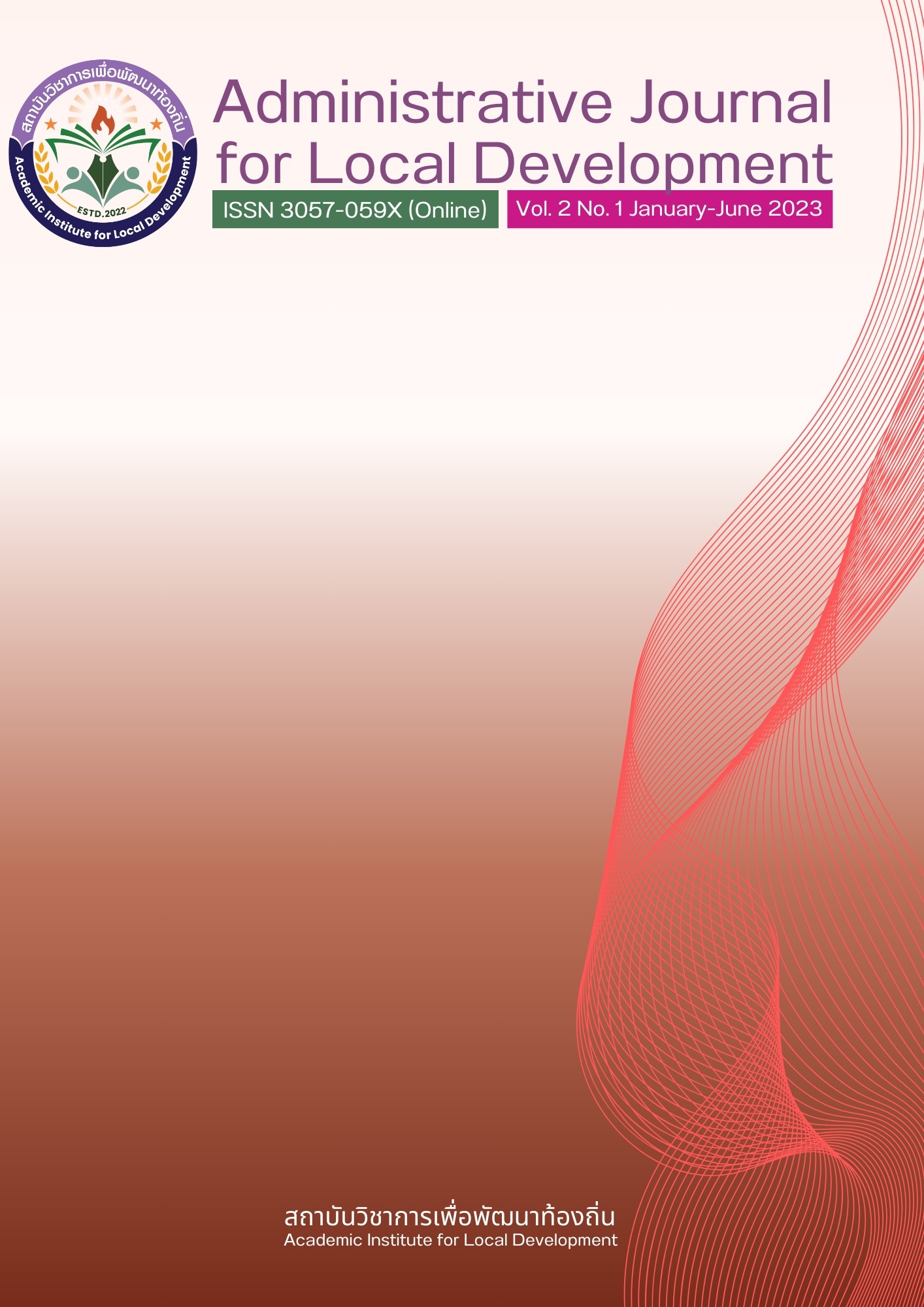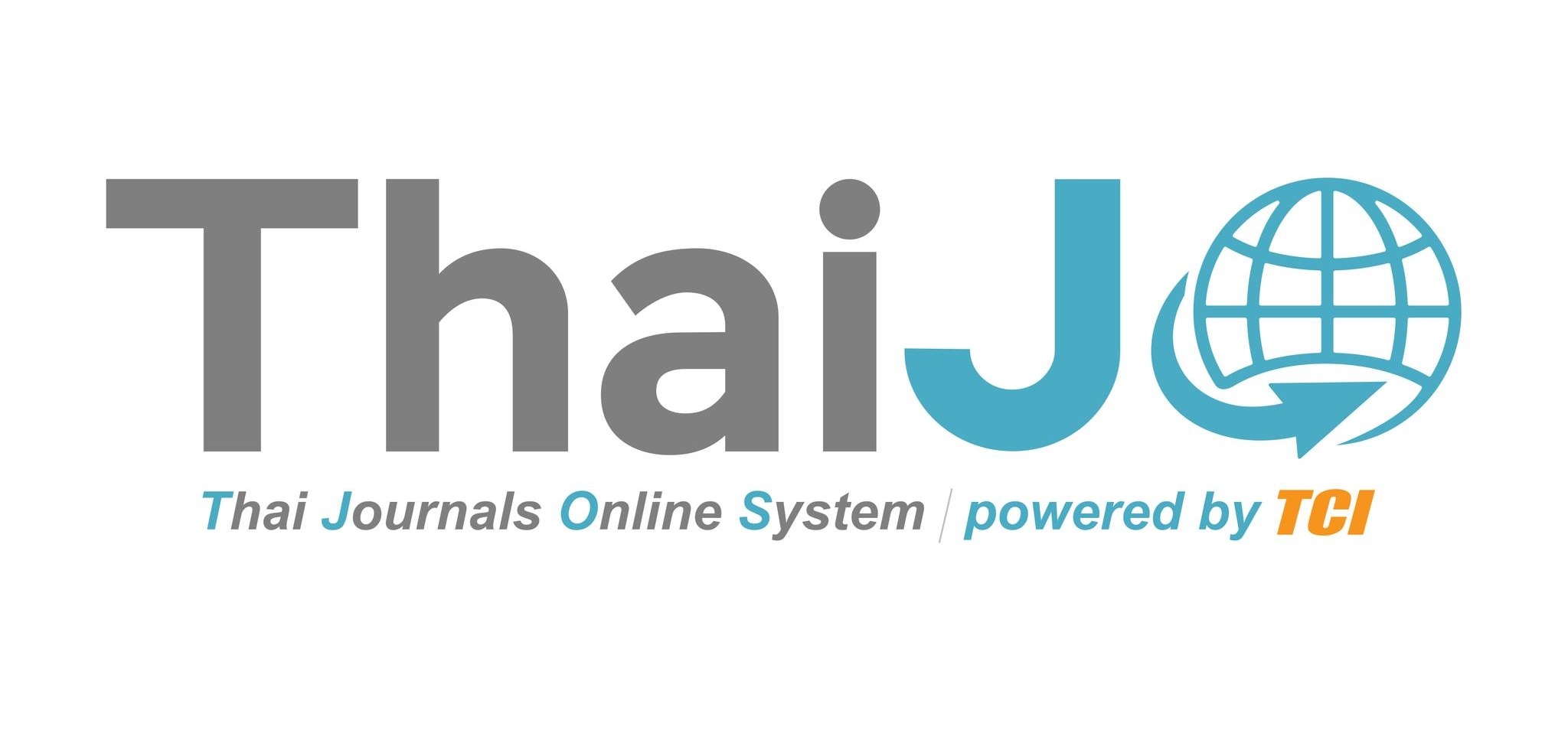School management model To develop academic achievement at Ban Nong Kham Hua Nong Samakkee School in Maha Sarakham Primary Educational Service Area Office, Area 1, Academic Year 2018 – 2019
DOI:
https://doi.org/10.14456/ajfld.2023.1Keywords:
School management model, School Academic Achievement, SchoolAbstract
This research It aims to 1) Develop a school management model to improve learning achievements. of Ban Nong Kham Hua Nong Samakkee School 2) to study the effect of using the school administration model to improve learning achievement of Ban Nong Kham Hua Nong Samakkee School. The research was divided into 3 phases: Phase I study the composition and the procedure of the model. Phase 2 Develop a school management model to improve learning achievement. of Ban Nong Kham Hua Nong Samakkee School Phase 3 study
the results of using the school administration model to improve learning achievement of Ban Nong Kham Hua Nong Samakkee School, Academic Year 2018-2019.
The research found that
- 1. School management model for improving academic achievement of Ban Nong Kham Hua Nong Samakkee School. Maha Sarakham Primary Educational Service Area Office 1. There are components as follows: 1) Principles of the MODEL 2) Objectives of the MODEL 3) Process of the MODEL consisting of 3.1) Planning 3.2) Action 3.3) Observation 3.4) Reflection 4) Effects of the pattern 5) Conditions for success (focus).
- 2. The results of using the model in academic year 2018 found that. The results of the National Test (NT) were higher than the area average scores and higher than the national average scores for all subjects tested. And the results of the Ordinary National Educational Test (O-NET) were higher when compared to the 2017 academic year. and the results of the overall evaluation of satisfaction with the model were at the highest level.
- 3. The results of using the model in academic year 2019 found that. The National Test (NT) results were lower than the area average scores and lower than the national average scores for all subjects tested. And the results of the national test (Ordinary National Educational Test: O-NET) are higher than the average scores at the area level. and national level for all subjects examined. and there was an overall evaluation of satisfaction with
the model at the highest level.
Downloads
References
ชัยวิชิต เชียรชนะ. (2560). การสร้างและการพัฒนาโมเดลรูปแบบแบบจำลองตัวแบบ. วารสารศิลปากรศึกษาศาสตร์วิจัย, 9 (1), 1-11.
ทิศนา แขมณี. (2559). ศาสตร์การสอนองค์ความรู้เพื่อการจัดกระบวนการเรียนรู้ที่มีประสิทธิภาพ (พิมพ์ครั้งที่ 20). กรุงเทพฯ: จุฬาลงกรณ์มหาวิทยาลัย.
นงลักษณ์ เรือนทอง.(2550). รูปแบบการบริหารโรงเรียนที่มีประสิทธิผล. [วิทยานิพนธ์ปรัชญาดุษฎีบัณฑิต ไม่ได้ตีพิมพ์]. มหาวิทยาลัยศิลปากร.
ยาใจ พงษ์บริบูรณ์. (2537). หลักการวิจัยเชิงปฏิบัติการ. กรุงเทพฯ: วัฒนาพานิช.
โรงเรียนบ้านหนองขามหัวหนองสามัคคี. (2561). รายงานผลการปฏิบัติราชการประจำปี 2560. มหาสารคาม: โรงเรียนบ้านหนองขามหัวหนองสามัคคี.
วีณา กิ่งสอน.(2555). ปัญหาการบริหารโรงเรียนขนาดเล็ก สังกัดสำนักงานเขตพื้นที่การศึกษา ประถมศึกษาในจังหวัดชลบุรี. [วิทยานิพนธ์การศึกษามหาบัณฑิต ไม่ได้ตีพิมพ์]. มหาวิทยาลัยบูรพา.
สมศรี สุ่มมาตย์. (2557). รูปแบบการจัดการศึกษาเพื่อพัฒนาคุณภาพนักเรียนในโรงเรียนขนาดเล็ก สังกัดสำนักงานเขตพื้นที่การศึกษาประถมศึกษากาฬสินธุ์ เขต 3 [วิทยานิพนธ์ครุศาสตร ดุษฎีบัณฑิต ไม่ได้ตีพิมพ์]. มหาวิทยาลัยราชภัฏมหาสารคาม.
สุมน อมรวิวัฒน์. (2533). สมบัติทิพย์ของการศึกษาไทย. กรุงเทพฯ: จุฬาลงกรณ์มหาวิทยาลัย.
สุริยา ฆ้องเสนาะ. (2558). ปัญหาของโรงเรียนขนาดเล็ก. สำนักวิชาการ: สำนักงานเลขาธิการสภาผู้แทนราษฏร.
สุวิมล ว่องวาณิช. (2551). การวิจัยปฏิบัติการในชั้นเรียน. กรุงเทพฯ: สำนักพิมพ์แห่งจุฬาลงกรณ์ มหาวิทยาลัย.
Downloads
Published
How to Cite
Issue
Section
License

This work is licensed under a Creative Commons Attribution-NonCommercial-NoDerivatives 4.0 International License.










